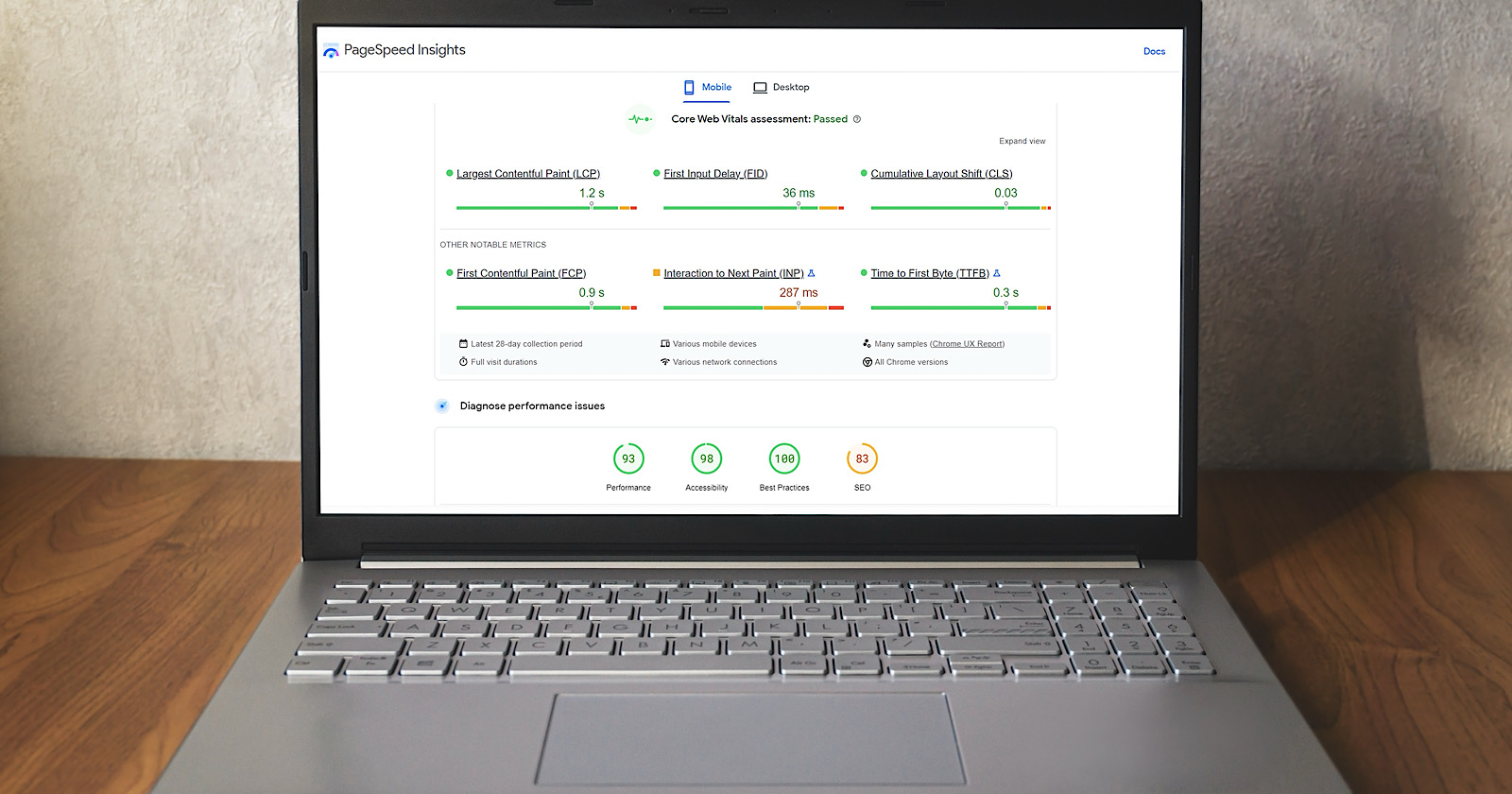Physical Address
304 North Cardinal St.
Dorchester Center, MA 02124
Physical Address
304 North Cardinal St.
Dorchester Center, MA 02124

Google has updated PageSpeed Insights (PSI) to show the data collection period for the Chrome User Experience Report (CrUX) metric, addressing a common frustration among developers.
Barry Pollard, Developer Advocate for Web Performance at Google Chrome, announced the change to X:
“Good post. But this bothered us: ‘Unfortunately, PageSpeed Insights doesn’t display the data collection period in its user interface.’ You know what – they are right! We thought we should fix that. So we did. Now available on PSI.”
The comment was in response to a DebugBear blog post explaining how to interpret the CrUX data and pointing out PSI’s lack of clarity about the time range covered by its metrics.
Good post. But this bothered us:
“Unfortunately, PageSpeed Insights does not display the data collection period in its user interface”
You know what – they are right! We thought we should fix that. So we did. Now available on PSI. https://t.co/YoMkA41Ae1 pic.twitter.com/tB2gv9PGRg
— Barry Pollard (@tunetheweb) January 13, 2025
CrUX data in PSI is based on the 75th percentile of actual user visits during a current 28-day period, with a two-day lag.
For example, testing on January 5th would show data from December 7th to January 3rd.
Previously, PSI didn’t show this date range, so developers had to dig around in Chrome DevTools to find it.
With the update, the data collection period is now displayed directly in the PSI interface, making it easier for developers to understand the context of the metric.
CrUX data is key to measuring user experience in the real world and is even used as a ranking factor for Google search results.
Knowing the time frame of the data helps developers track changes and improvements after optimizing their websites.
CrUX data is displayed in several Google tools, but each one processes it in a slightly different way:
Google’s PSI update makes CrUX data easier to interpret and more transparent.
This small but impactful change simplifies the analysis of real user data for developers working to optimize performance and improve search rankings.
Featured image: salarko/Shutterstock